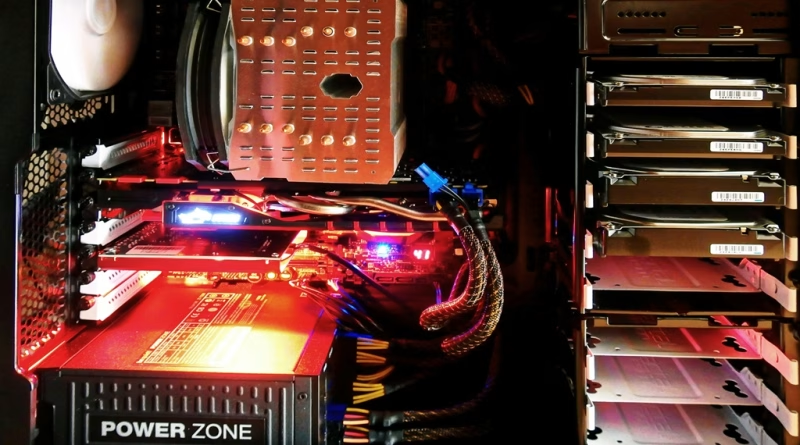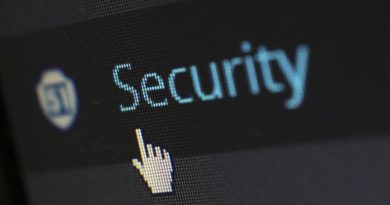How to Safely Clean Your Electronics (Laptop, Phone, TV)
Our gadgets are our constant companions. We eat over our laptops, tap on our phone screens with greasy fingers, and let dust settle on our TVs for months. Over time, our most expensive electronics become covered in a grimy film of fingerprints, dust, and germs.
Cleaning them seems simple, but using the wrong tools or techniques can lead to permanent scratches, damaged screens, and costly repairs. You should never, ever use a household glass cleaner on your new OLED TV.
Cleaning your tech safely is easy once you know the rules. Here’s our definitive guide to getting your laptop, phone, and TV looking brand new without damaging them.
The Cleaning Toolkit: What You’ll Need
Forget paper towels and harsh chemicals. You only need a few simple, inexpensive items.
- Microfiber Cloths: Get a pack of high-quality, soft microfiber cloths. These are the single most important tool. Their soft fibers trap dust and absorb oils without scratching sensitive screens.
- A Can of Compressed Air: Perfect for blowing dust out of keyboards and ports without making physical contact.
- Distilled Water: For screens, you want to use water that is free of minerals that could leave streaks or deposits.
- 70% Isopropyl Alcohol (for bodies, not screens): For disinfecting the non-screen parts of your devices.
- Soft-Bristled Brush: A new, clean paintbrush or a dedicated electronics brush is great for getting dust out of crevices.
1. How to Clean Your Laptop
Your laptop keyboard is often one of the dirtiest surfaces in your home.
- Power Down & Unplug: Always start by completely shutting down and unplugging your laptop.
- Clean the Keyboard: Turn the laptop upside down (or hold it at an angle) and give the keyboard several short bursts of compressed air to dislodge crumbs and dust from under the keys.
- Wipe the Body: Lightly dampen a microfiber cloth with a 50/50 solution of water and 70% isopropyl alcohol. Never spray liquid directly onto your laptop. Wring the cloth out so it is just damp, not wet. Wipe down the keyboard, trackpad, and the outer casing to clean and disinfect it.
- Clean the Screen: For the screen, use a separate, clean microfiber cloth. Lightly dampen it with just a little bit of distilled water. Gently wipe the screen in one direction (e.g., top to bottom) to avoid creating streaks. Use a dry part of the cloth to buff away any remaining moisture.
2. How to Clean Your Smartphone
Our phones are constantly in our hands and pressed against our faces. They need regular cleaning.
- Power Down & Unplug: Turn it off completely.
- Wipe the Body and Screen: As with the laptop, use a clean microfiber cloth lightly dampened with a 50/50 water and 70% isopropyl alcohol solution to wipe down the entire phone—screen, back, and sides. Most modern smartphone screens (like iPhones with their oleophobic coating) are designed to handle this, but be gentle.
- Clean the Ports: The charging port and speaker grilles are magnets for pocket lint. Use a can of compressed air to give a few short, careful bursts into the ports to clear them out. Do not use a toothpick or paperclip, as you can easily damage the sensitive pins inside.
3. How to Clean Your TV Screen
Modern TV screens (especially OLED and QLED panels) have delicate anti-reflective coatings that can be easily damaged by harsh chemicals.
- Power Down & Unplug: Turn the TV off and let it cool down completely. Dust and smudges are easier to see on a black screen.
- Dry Wipe First: Use a large, clean, dry microfiber cloth to gently wipe the screen in a horizontal or vertical motion. This will remove most of the dust without any pressure.
- Damp Wipe for Smudges: For stubborn fingerprints or smudges, lightly dampen a clean section of your microfiber cloth with distilled water only. Gently wipe the specific spot and then immediately buff it dry with another clean, dry part of the cloth.
What NOT to Do (The Cardinal Sins):
- NEVER spray any liquid directly onto a device or screen.
- NEVER use harsh chemical cleaners like Windex, ammonia-based cleaners, or abrasive powders.
- NEVER use paper towels or rough cloths, as they can leave tiny scratches on screens.
With the right tools and a gentle touch, you can keep your expensive electronics looking and performing like new.




